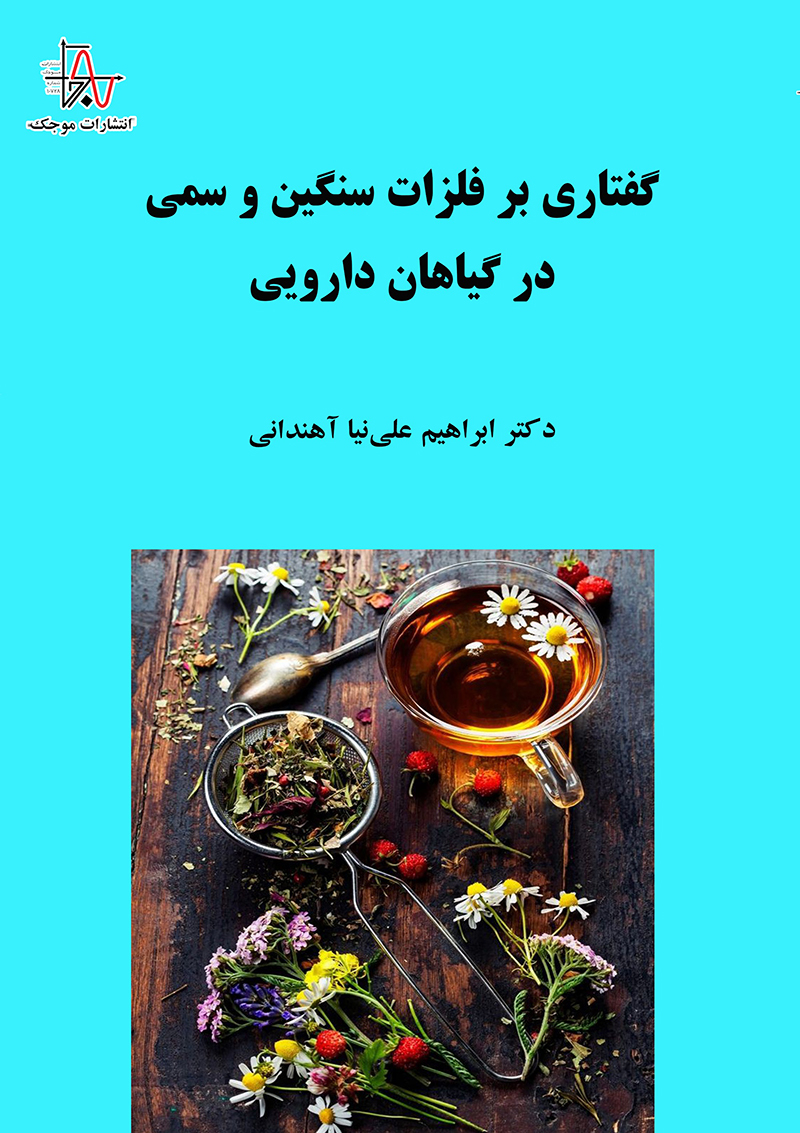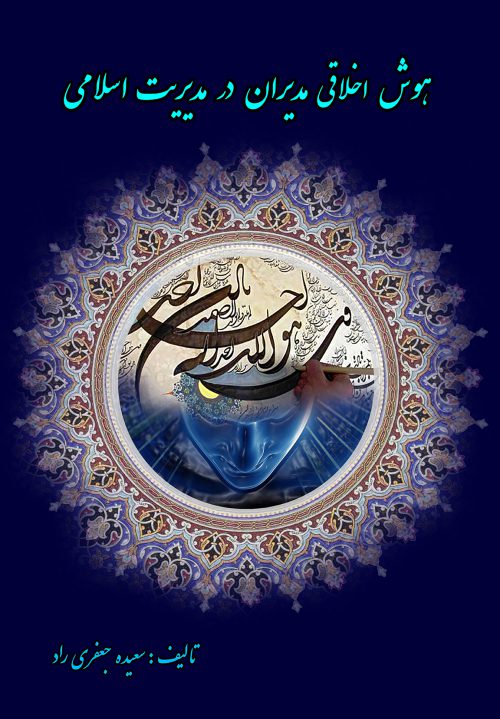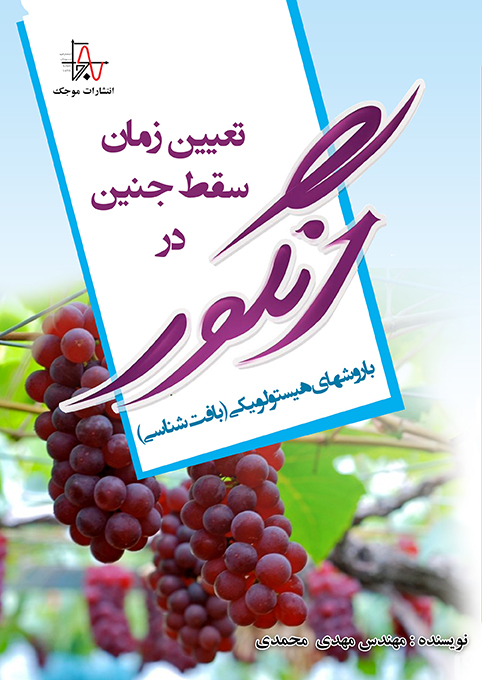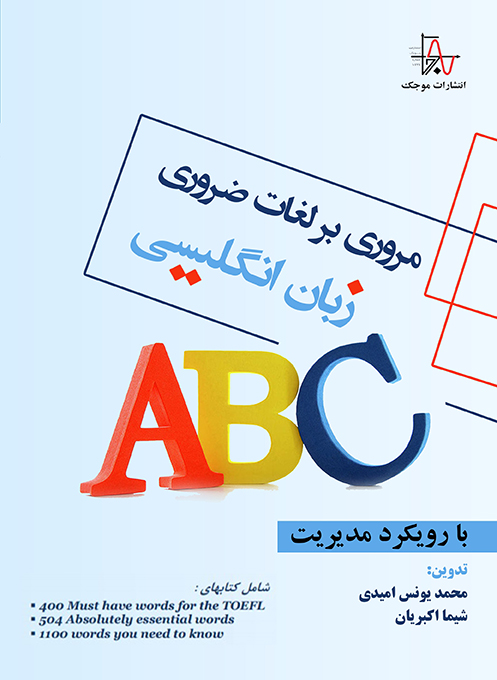ناشر : انتشارات موجک (ناشر دانشگاهی)
کد کتاب : M891
عنوان : گفتاری بر فلزات سنگین و سمی در گیاهان دارویی
تالیف : دکتر ابراهیم علی نیاء اهندانی
مشخصات ظاهری : ۱۷۰ صفحه، قطع وزیری
چاپ اول : زمستان ۱۴۰۱، تيراژ : ۵۰۰ جلد
قيمت : ۲۴۹۰۰۰۰ ريال، شابک : ۴-۵۶۳-۹۹۴-۶۰۰-۹۷۸
حقوق چاپ و نشر برای ناشر محفوظ است.
————————————————————————————————————————————————————————————————————————–






نقد و بررسیها
هیچ دیدگاهی برای این محصول نوشته نشده است.